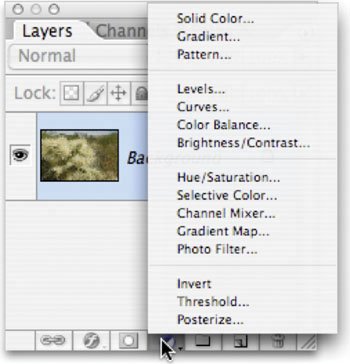Approach to Color Correction
| New users often have a hard time when color correcting or enhancing images. They generally lose sight of the goal: making the image look better and believable. Many users go "too far" in their quest to fix images. If the image starts to look fake or too altered, it will be distracting. While getting it "right" will require some practice, here's some advice on getting started:
|
EAN: 2147483647
Pages: 129

